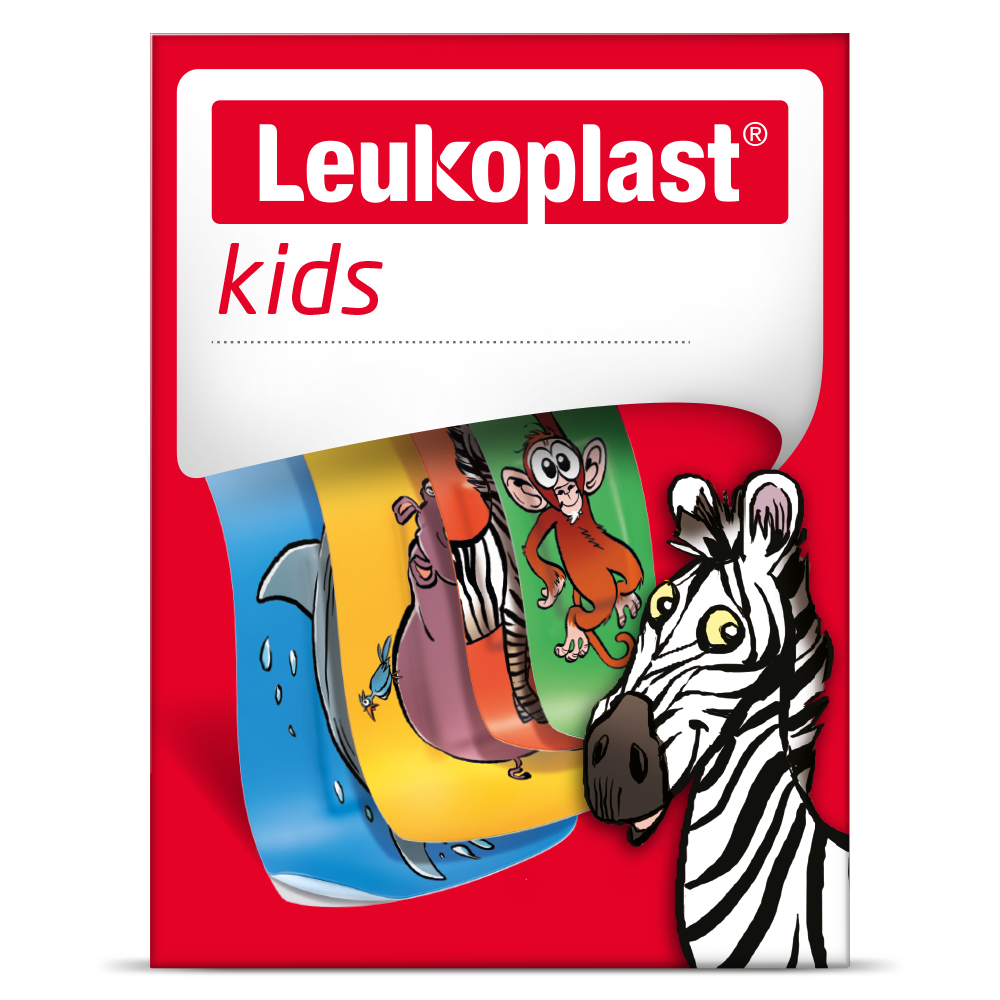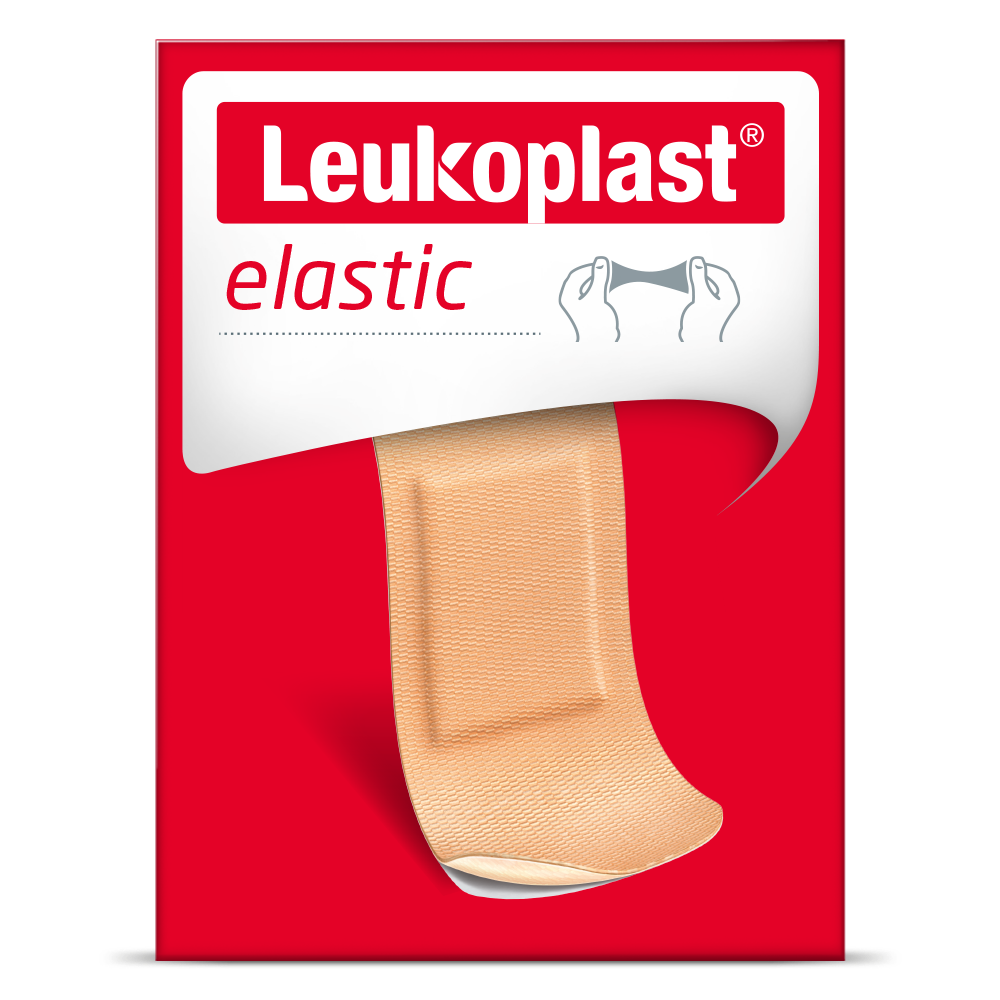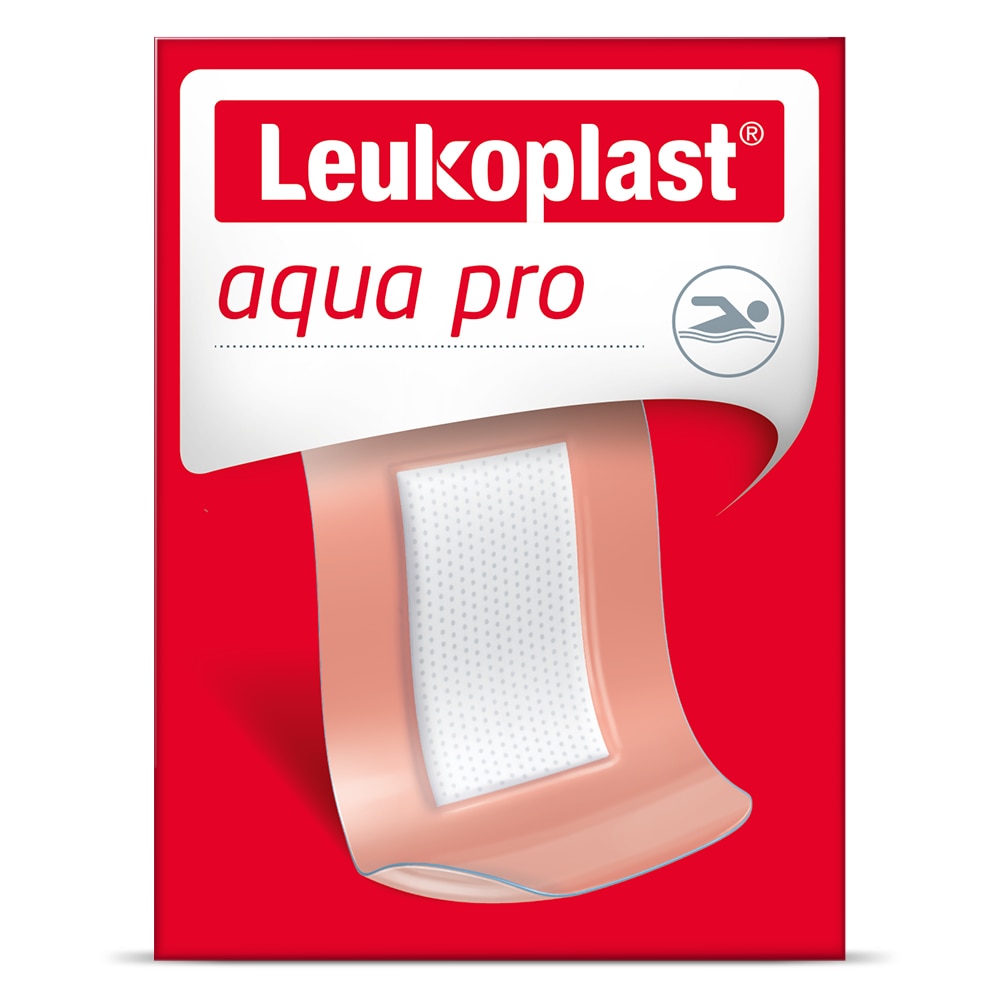Caring for scratches
Scratches are mild forms of cuts.1 These are slight injuries that happen when a sharp object, like a fingernail or thorn, scrapes along the skin. Scratches can also be caused by cats or other animals.
Pat the area dry with a clean towel.2
“If the wound is bleeding, apply gentle pressure to the area with a clean gauze bandage or cloth and elevate until the bleeding stops.” 2
Apply a sterile adhesive dressing. 2
The dressing can be changed daily if necessary or whenever it becomes wet or dirty.
Keep the wound dry by using waterproof dressings, which will allow you to take showers. 2
Please consult a healthcare professional to consider a tetanus booster. 3
Most scratches are minor and can be dealt with at home. However, seek medical attention from a healthcare professional, if:
Please contact your healthcare practitioner if you experience any of the above.
Many common wounds can be dealt with at home. But when should a doctor be consulted? Scroll down for more information!
1 https://www.thehealthsuccesssite.com/abrasions-cuts-and-scratches.html
2 https://www.nhs.uk/conditions/cuts-and-grazes/
3 https://www.nhs.uk/conditions/tetanus/
4 International Wound Infection Institute (IWII) Wound infection in clinical practice. Wounds International 2016

Plasters with funny images will help your children to forget the pain quickly.

Elastic and adhesive first aid dressings for minor wounds, cuts or abrasions.

Waterproof yet breathable wound dressing protecting against water and contaminants.